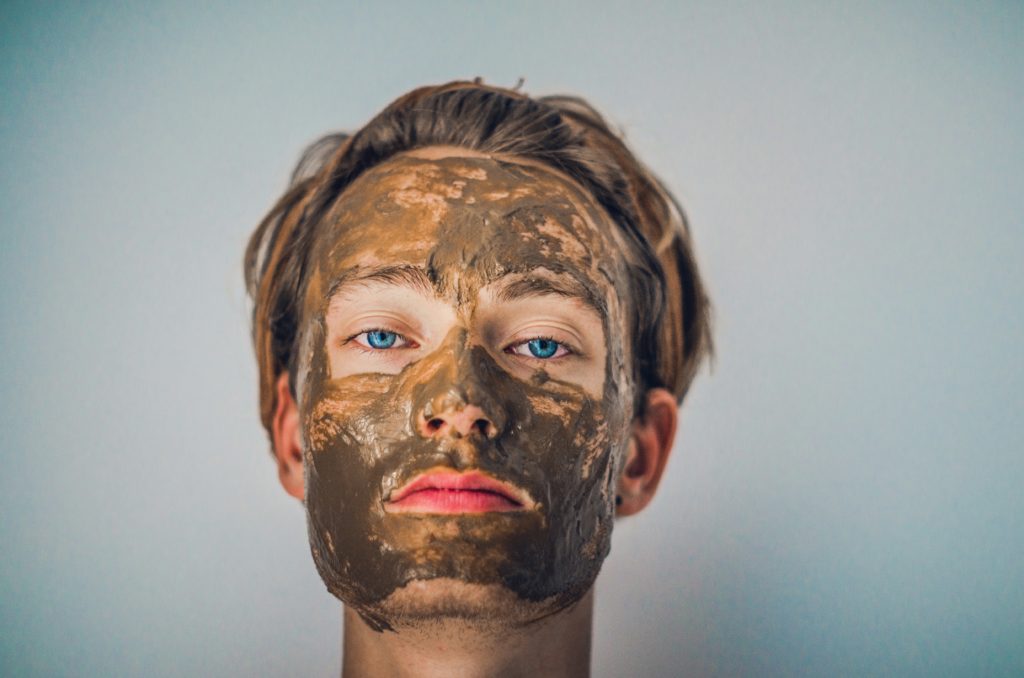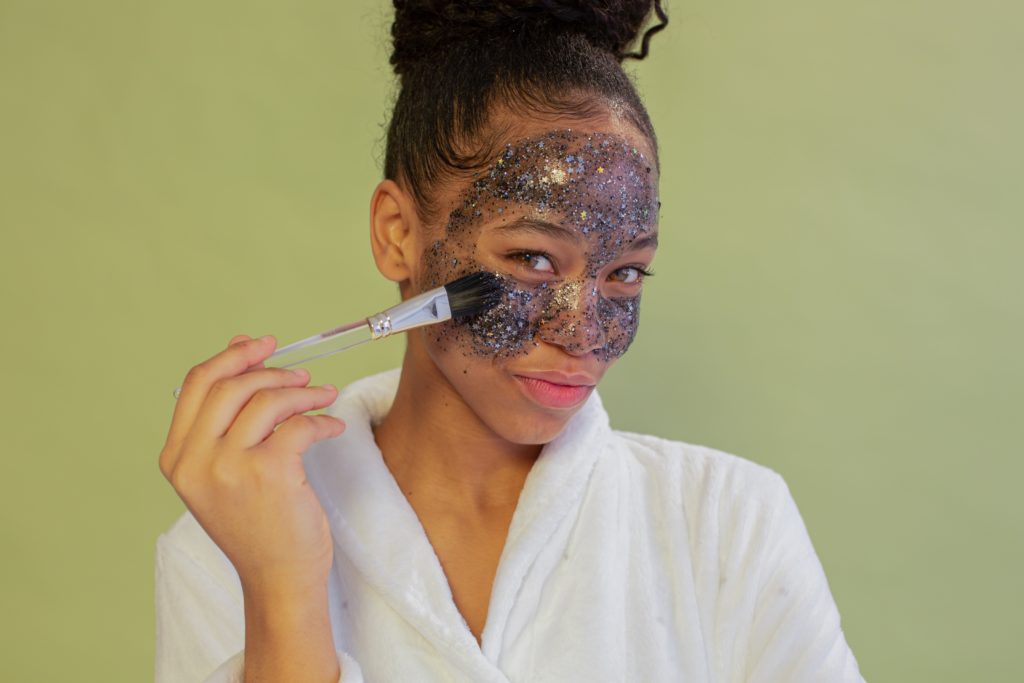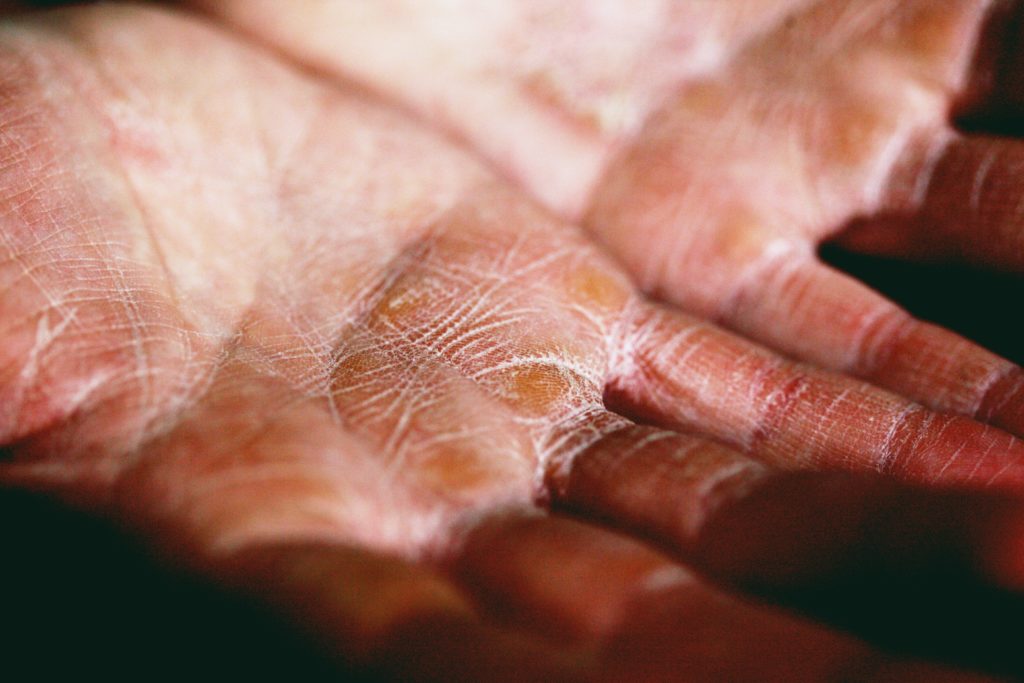Clay masks have been used for centuries as natural remedies for a myriad of skin concerns, from acne and congestion to dullness and dehydration.
As the beauty industry continues to change, clay masks remain a timeless staple in skincare routines worldwide, prized for their effectiveness in promoting clearer, smoother, and more balanced skin.
Whether you’re a skincare enthusiast or a newcomer to the world of clay masks, this guide will equip you with the knowledge you need to unlock the transformative power of these potent skincare treatments.
The Benefits of Clay Masks
Clay masks are renowned for their ability to draw out impurities, absorb excess oil, and exfoliate dead skin cells, leaving the skin refreshed, revitalized, and rejuvenated. Depending on the type of clay used, these masks can offer a wide range of benefits, including deep cleansing, pore tightening, and hydration.
Bentonite Clay
Bentonite clay is a powerful detoxifier, known for its ability to absorb toxins and impurities from the skin. It is particularly beneficial for oily and acne-prone skin, helping to control excess oil production and prevent breakouts. Additionally, bentonite clay can soothe inflammation and irritation, making it suitable for sensitive skin types.
Kaolin Clay
Kaolin clay, also known as white clay, is gentle yet effective at cleansing and exfoliating the skin. It is ideal for all skin types, including sensitive and dry skin, as it helps to remove impurities without stripping the skin of its natural oils. Kaolin clay also has a calming and soothing effect on the skin, making it an excellent choice for those with sensitive or reactive skin.
French Green Clay
French green clay is rich in minerals and antioxidants, making it a potent detoxifier and purifier for the skin. It is particularly beneficial for oily and acne-prone skin, as it helps to absorb excess oil, unclog pores, and reduce inflammation. French green clay also has a toning and firming effect on the skin, making it an excellent choice for those looking to improve the overall texture and appearance of their skin.
Rhassoul Clay
Rhassoul clay, also known as Moroccan clay, is prized for its ability to gently cleanse and detoxify the skin while maintaining its natural moisture balance. It is rich in minerals, including silica, magnesium, and potassium, which help to nourish and rejuvenate the skin. Rhassoul clay is ideal for all skin types, including sensitive and mature skin, as it helps to improve skin tone, texture, and elasticity.
Fuller’s Earth Clay
Fuller’s earth clay is a versatile clay that is highly absorbent and effective at removing excess oil and impurities from the skin. It is particularly beneficial for oily and acne-prone skin, as it helps to control shine, reduce breakouts, and minimize the appearance of pores. Fuller’s earth clay also has a cooling and soothing effect on the skin, making it an excellent choice for calming inflammation and irritation.
How to Choose the Right Clay Mask for Your Skin Type
When selecting a clay mask, it’s essential to consider your skin type and specific skincare concerns to ensure optimal results. Here are some guidelines to help you choose the right clay mask for your skin:
- For Oily and Acne-Prone Skin: Bentonite clay, French green clay, and Fuller’s earth clay are excellent choices for oily and acne-prone skin, as they help to absorb excess oil, unclog pores, and prevent breakouts.
- For Dry and Sensitive Skin: Kaolin clay and Rhassoul clay are gentle options that cleanse and detoxify the skin without stripping away its natural oils. They are suitable for dry and sensitive skin types, as they help to soothe inflammation and irritation while maintaining the skin’s moisture balance.
- For Combination Skin: If you have combination skin, you may benefit from using different types of clay masks on different areas of your face. For example, you can use a clay mask with bentonite or French green clay on oily areas to control shine and breakouts, while using a clay mask with kaolin or Rhassoul clay on dry areas to hydrate and nourish the skin.
How to Use Clay Masks Effectively
To get the most out of your clay mask, it’s essential to use it correctly and incorporate it into your skincare routine regularly. Here are some tips for using clay masks effectively:
- Prep Your Skin: Start by cleansing your skin to remove any makeup, dirt, and impurities. This will ensure that the clay mask can penetrate the skin more effectively and deliver maximum benefits.
- Apply Evenly: Use a clean brush or your fingertips to apply the clay mask evenly to your face, avoiding the delicate eye area. Make sure to cover all areas of your face, including your forehead, nose, cheeks, and chin.
- Leave On for Recommended Time: Follow the instructions on the packaging to determine how long to leave the clay mask on your skin. Most clay masks should be left on for 10-15 minutes, but some may require longer or shorter durations.
- Remove Gently: After the designated time has elapsed, rinse off the clay mask thoroughly with warm water, using gentle circular motions to massage the skin and exfoliate any dead skin cells. Pat your skin dry with a soft towel and follow up with your favorite moisturizer to lock in hydration.
- Use Regularly: For best results, incorporate a clay mask into your skincare routine 1-2 times per week, depending on your skin’s needs and tolerance. Over time, consistent use of a clay mask can help to improve the overall health and appearance of your skin.
Conclusion
Clay masks are versatile skincare treatments that offer a wide range of benefits for all skin types. From deep cleansing and detoxification to hydration and exfoliation, there’s a clay mask to suit every skincare concern. By understanding the different types of clay masks and their specific benefits, you can make informed decisions and incorporate these potent treatments into your skincare routine to achieve radiant, healthy-looking skin.
FAQs
Q1: Can clay masks be used on sensitive skin?
Yes, certain types of clay masks, such as kaolin clay and Rhassoul clay, are gentle and suitable for sensitive skin. However, it’s essential to patch test the product first and choose a clay mask specifically formulated for sensitive skin to minimize the risk of irritation.
Q2: How often should I use a clay mask?
It’s generally recommended to use a clay mask 1-2 times per week, depending on your skin type and concerns. Overusing clay masks can strip the skin of its natural oils and lead to dryness or irritation.
Q3: Are clay masks suitable for dry skin?
While some clay masks can be drying, there are formulations specifically designed for dry or dehydrated skin types. Look for clay masks enriched with hydrating ingredients like hyaluronic acid or glycerin to replenish moisture while purifying the skin.
Q4: Can I mix different types of clay together to create a custom mask?
Yes, mixing different types of clay together can create a custom mask tailored to your specific skincare needs. Experiment with combinations like bentonite and kaolin for a deep-cleansing and soothing blend, or rhassoul and French green clay for a detoxifying and revitalizing treatment.
Q5: How long should I leave a clay mask on for?
The recommended duration for leaving a clay mask on varies depending on the type of clay and your skin sensitivity. In general, it’s best to follow the instructions provided with the product and avoid leaving the mask on for longer than the recommended time to prevent over-drying or irritation.



